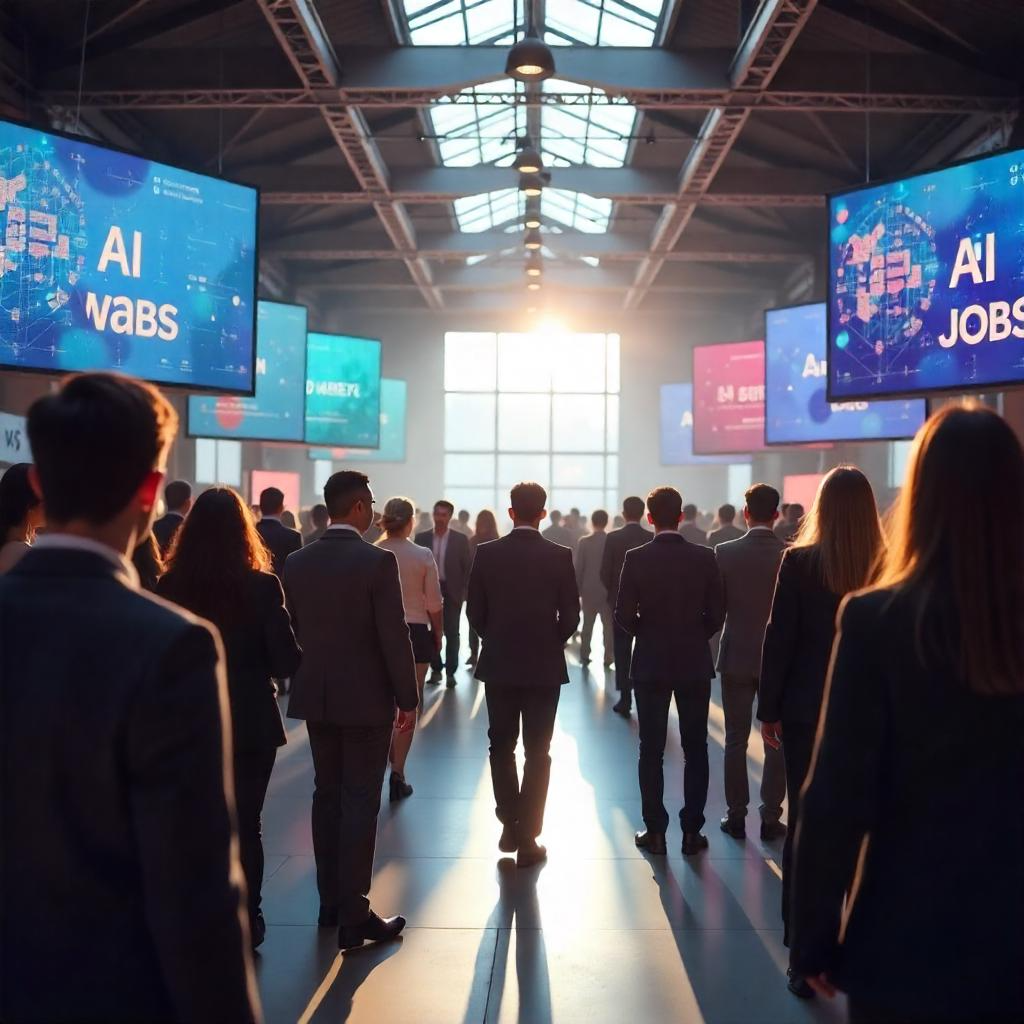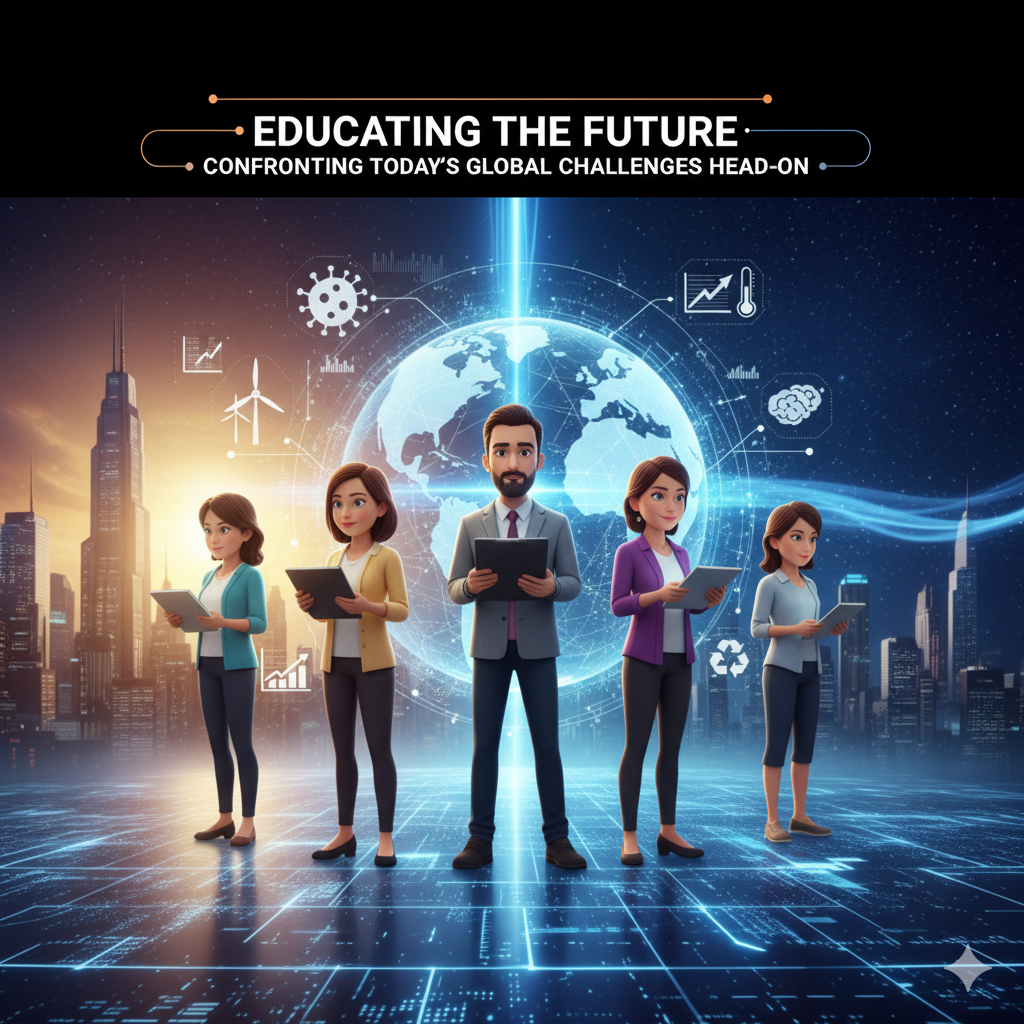Inspirational journeys
Follow the stories of academics and their research expeditions
Latest Challenges Today’s Businesses Face in 2025

In today’s hyper-connected, fast-paced world, businesses face an increasingly complex and evolving landscape. From the aftermath of global disruptions to the exponential growth of digital technology, modern organizations must constantly adapt, innovate, and navigate uncertainty to survive — let alone thrive.
As we move through 2025, this blog outlines some of the most pressing challenges today’s businesses are grappling with, across sectors and industries.
1. Economic Uncertainty and Inflation
One of the foremost challenges that businesses face today is economic instability. While many economies have bounced back from the pandemic's lows, the global financial system continues to wobble due to ongoing geopolitical tensions, rising energy costs, and shifting trade dynamics.
Inflation remains high in several parts of the world, squeezing consumer purchasing power and increasing operational costs. Small and medium-sized enterprises (SMEs) are especially vulnerable, with limited ability to absorb or pass on higher expenses. Interest rate volatility further complicates access to affordable credit.
Key Impacts:
-
Unpredictable consumer demand
-
Higher input costs
-
Difficulty in long-term planning
-
Reduced investor confidence
2. Supply Chain Disruptions
Even years after the initial shock of the COVID-19 pandemic, businesses are still experiencing ripples in global supply chains. Add to that regional conflicts like the war in Ukraine and escalating tensions in Asia-Pacific, and we have a situation where logistical unpredictability has become the norm.
Additionally, climate-related events — such as droughts, floods, and wildfires — increasingly disrupt critical infrastructure and transportation routes.
Current Trends:
-
A shift toward nearshoring and reshoring
-
Investment in supply chain resilience and technology
-
Increased demand for real-time data tracking
-
Shortages in raw materials and semiconductors
3. Technological Disruption and AI Integration
The rapid rise of artificial intelligence, machine learning, and automation tools has redefined how companies operate. While these tools present incredible opportunities, they also bring disruption.
Many businesses face the challenge of deciding how and when to integrate AI without alienating workers or risking ethical breaches. There's also the pressure to stay ahead of tech trends, which demands substantial investment in both hardware and human capital.
Notable Issues:
-
Skills gaps in data science, cybersecurity, and AI ethics
-
Pressure to automate while maintaining a human touch
-
Potential job displacement fears among employees
-
Data privacy and algorithmic bias concerns
4. Cybersecurity Threats and Data Breaches
As digital transformation accelerates, so do the threats. Cybersecurity has emerged as one of the biggest pain points for modern enterprises. From ransomware attacks and phishing to insider threats, no company — regardless of size — is immune.
The average cost of a data breach continues to rise, often resulting in reputational damage, regulatory penalties, and customer trust erosion.
Core Challenges:
-
Increasingly sophisticated cybercriminal tactics
-
Remote work and cloud vulnerabilities
-
Lack of cybersecurity awareness and training
-
Compliance with global data protection laws (e.g., GDPR, CCPA)
5. Changing Workforce Dynamics
The nature of work has fundamentally shifted. Hybrid and remote work models have become mainstream, challenging traditional HR practices and corporate culture. At the same time, younger generations entering the workforce bring different expectations regarding flexibility, work-life balance, and purpose.
The global talent war also persists, especially in STEM fields. Companies are struggling to attract, retain, and upskill workers while dealing with high turnover and burnout rates.
Emerging Trends:
-
Focus on mental health and employee well-being
-
Growth of freelance and gig economy participation
-
Emphasis on diversity, equity, and inclusion (DEI)
-
Use of tech-driven HR platforms and virtual collaboration tools
6. Environmental, Social, and Governance (ESG) Pressures
Consumers, investors, and regulators are holding companies more accountable for their environmental and social impact. ESG has gone from a buzzword to a business imperative. Companies now must show tangible progress on climate goals, fair labor practices, and corporate governance.
However, implementing meaningful ESG policies can be resource-intensive, especially for smaller firms. Moreover, accusations of “greenwashing” can backfire if efforts are not authentic and verifiable.
Business Implications:
-
Need for transparent sustainability reporting
-
Regulatory scrutiny over emissions and waste
-
Rise of ethical consumerism and responsible investing
-
Integration of ESG into brand reputation strategy
7. Consumer Behavior Shifts
Post-pandemic consumers are more digital-savvy, values-driven, and less loyal. Personalization, convenience, and ethics now heavily influence purchasing decisions.
Businesses must navigate these shifting preferences while delivering seamless omnichannel experiences. Traditional advertising is being replaced by influencer marketing, community building, and content-led engagement.
New Challenges:
-
Decline in brand loyalty
-
Rising demand for instant gratification
-
Managing online reputation and reviews
-
Adapting to Generation Z’s preferences and platforms
8. Global Political and Regulatory Volatility
From increasing trade restrictions and sanctions to new regulations on AI, data use, and labor laws, businesses are operating in an increasingly regulated and fragmented world. Keeping up with compliance requirements across jurisdictions has become a major legal and logistical challenge.
Political instability, such as coups, wars, or electoral upheaval in key markets, adds another layer of uncertainty.
Areas of Focus:
-
Real-time regulatory compliance systems
-
Geopolitical risk mitigation strategies
-
Government engagement and lobbying
-
Legal counsel expansion and local partnerships
9. Innovation Fatigue and Burnout
With constant pressure to innovate, businesses often fall into the trap of over-pivoting, chasing every trend without a coherent strategy. This can lead to scattered priorities, brand dilution, and team exhaustion.
The startup world, in particular, has faced scrutiny for glamorizing hustle culture at the expense of well-being and work-life balance.
What Businesses Must Do:
-
Focus on sustainable, value-driven innovation
-
Streamline experimentation with clear KPIs
-
Protect employee morale and organizational clarity
-
Create innovation ecosystems rather than isolated initiatives
Conclusion: Thriving Amidst the Chaos
There is no single roadmap to navigate the current business climate. Today’s companies face a convergence of crises — economic, environmental, technological, and social. Yet, these challenges also present opportunities for those willing to be bold, agile, and purposeful.
To survive and grow in 2025 and beyond, businesses must:
-
Prioritize resilience over rapid growth
-
Foster a culture of continuous learning and adaptation
-
Build trust through transparency and authenticity
-
Leverage technology ethically and strategically
-
Put people — employees, customers, and communities — at the center
Success in this new era won’t be defined by avoiding challenges, but by how effectively companies respond, transform, and lead with courage.
Tags:
business challenges 2025 current business issues modern business problems challenges in today’s business world business environment 2025 business trends and challenges economic uncertainty in business supply chain disruptions 2025 AI and business transformation cybersecurity threats in business remote workforce challenges ESG and corporate responsibility consumer behavior changes regulatory compliance issues innovation fatigue in companies what are the biggest challenges facing businesses today how AI is changing modern business operations impact of inflation on small businesses how to handle supply chain problems in 2025 preparing for business risks in the digital era managing remote teams effectively in hybrid workplaces sustainable business practices for 20250 Comments
Categories
Recent posts
Finding Jobs in the AI Era: What Skills and Strategies Matter Most?
Fri, 11 Jul 2025





Leave a comment